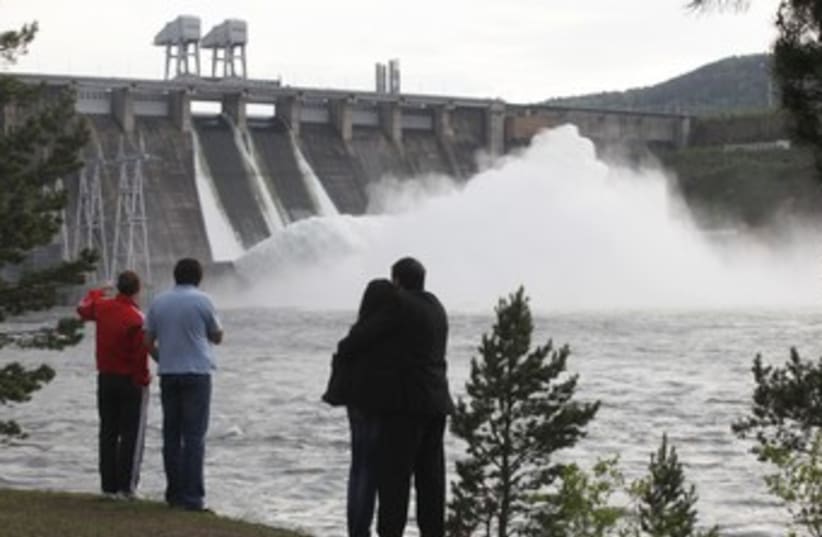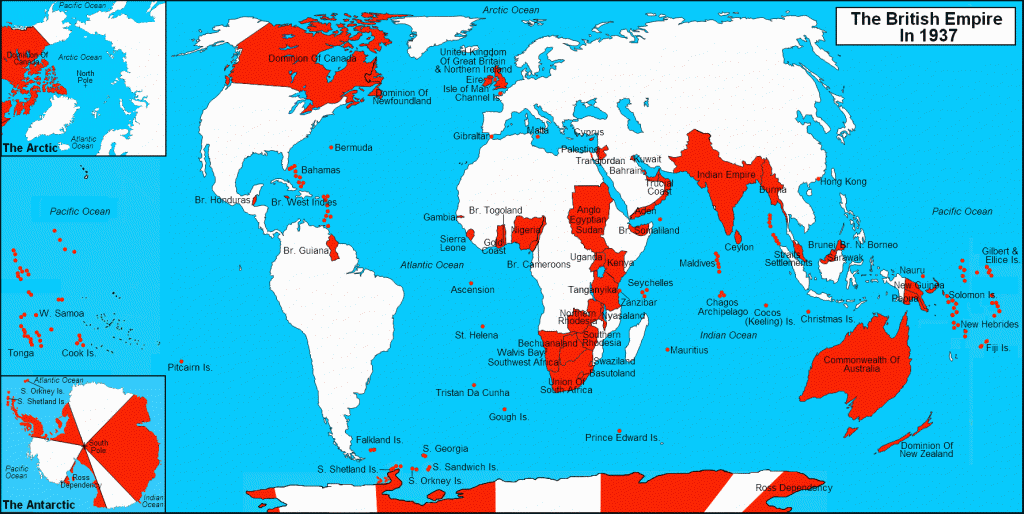
Dvora and I have a grandson. Only child of Efrat and Jonathan, he is called Avishai, a Biblical name meaning “my father’s [or God’s] gift.” Like all grandchildren he is the cutest little boy in the world. With unruly blond curlers and mischievous eyes that are almost always laughing. He loves playgrounds, running about, and ice cream. And chocolate balls too! He is a chatterbox who even as he adds new words to his already quite extensive vocabulary sometimes finds his thoughts outrunning his ability to express them, causing a slight but touching stammer. In a few weeks he will be four years old.
For those of you who are not familiar with the geography of this country, the answer to your question—is his life in any great danger owing to the war—is no. The distance from Gaza to Rehovot where Avishai and his parents live is about 54 kilometers. Their flat is located on the 12th floor of a high rise building. Not only is there no way they can reach the ground floor on time, but there is no point in trying to do so; the building does not have an underground shelter. Instead the flat is provided with a reinforced room that will hopefully protect its inhabitants against anything but a close hit.
But that does not mean that, both in Rehovot and elsewhere, the ongoing hostilities do not make their impact felt. Our oldest grandson, Orr (“Light”) is a junior IDF officer. Though not of the kind where his life is in any greater danger than that of most people here. But three of his cousins, two boys and a girl, are rapidly approaching the age where they will have to reflect about what they are going to do when the call comes as, it surely will. Rehovot itself, located as it is near a major air base, has been attacked many times, luckily resulting in very limited casualties and damage. There and elsewhere other reminders of the war include the rather frequent roar of IsraeIi fighter bombers flying overhead; the somewhat muted atmosphere in what is normally quite a boisterous country; and the growing number of wounded men—hardly any women, fortunately—one comes across in the streets.
When the guns fire, the kids cry. On both sides of the front, mind you. That is why I am posting the following poem, originally written in Hebrew by the late Israeli poet, publicist and playwright Hanoch Levin. But dedicated, on this occasion, to the children of both Israel and Gaza.
Checkmate
O where has my boy gone
My good boy where has he gone?
A black pawn has killed a white one.
My daddy won’t return. My daddy won’t be back
A white pawn has killed a black one.
There’s weeping in the homes, there’s silence on the green
The king is playing with the queen.
My boy won’t rise again. He sleeps, he won’t grow
A black pawn has killed a white one.
My daddy is in darkness, no more will he see light
A white pawn has killed a black one.
There’s weeping in the homes, there’s silence on the green
The king is playing with the queen.
My boy once at my breast is now a cloud of snow
A black pawn has killed a white one.
My father’s kindly heart is now a frozen sack
A white pawn has killed a black one.
There’s weeping in the homes, there’s silence on the green
The king is playing with the queen.
O where has my boy gone
My good boy where has he gone?
All soldiers black all soldiers white fall low.
My daddy won’t return. My daddy won’t be back
A white pawn has killed a black one.
There are no white pawns left nor any black ones
There’s weeping in the homes, there’s silence on the green
The king is playing with the queen.
There’s weeping in the homes, there’s silence on the green
And still the king keeps playing with the queen.
You can find the song at https://www.youtube.com/watch?v=d70p5EpwKC0. I have listened to it many times, and each time it makes me want to tear out the few hairs I have left on my head. What have we humans done, what are we doing, to each other! Skip the accords and start at 1.47 minutes.
The above translation is based on the one at the website with some changes of my own.








